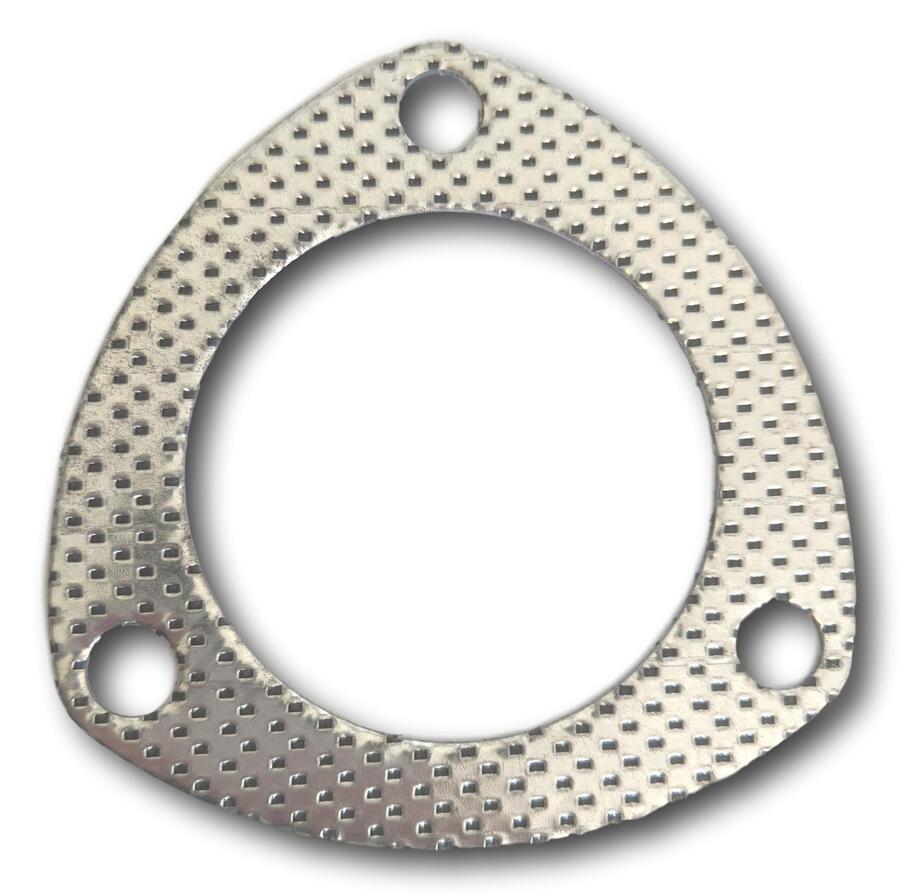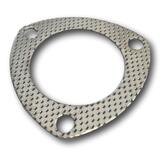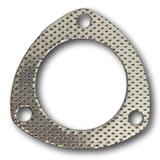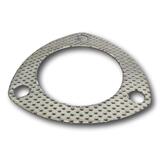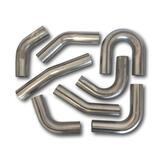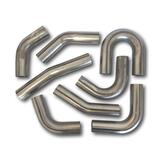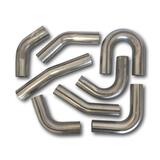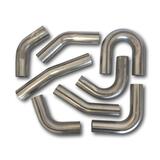2" 51mm Exhaust Flange Gasket 3 Bolt 67mm BHC Muffler Gaskets
SKU: FG2003B_67
 In Stock
In Stock
Sizes Available:
- Size: 2" or 51mm with 67mm Bolt Hole Centre
- Size: 2 1/4" or 57mm with 78mm Bolt Hole Centre (these use the 2 1/2" gasket as a multi fit)
- Size: 2 1/2" or 63mm with 78mm Bolt Hole Centre
- Size: 3" or 76mm with 85mm Bolt Hole Centre
- Size: 3 1/2" or 90mm with 98mm Bolt Hole Centre
- Size: 4" or 100mm with 107mm Bolt Hole Centre
Specs:
- Steel & Composite Gasket with a Stainless steel Fire Ring
- Gasket Thickness: 2mm
- High Quality & Long Lasting
At ECS we believe in price point and quality and hence why we offer 2 different types of Gaskets. The difference between the 2 Gaskets is a fire ring which protects the composite material from the hot Exhaust gases. Both Gaskets are made from the same high grade composite material. The fire ring Gaskets are suitable For low and High Temperature Exhaust gases while the others are suitable For your standard or factory car. All the Gaskets are die cut so your guaranteed to get the same precise Gasket every time. We stock hundreds of these so stock is never an issue. We offer 2 bolt and 3 bolt Gaskets in various sizes and all the flange plates, bolts and studs to put them all together.
| SKU | FG3B |
More good stuff!
10 May 2017In addition to the extremely good flanges I also purchased from ECS Engines, this gasket is of high quality, with metal facings on both sides and a quality compressible material in between. Perfect seal, perfect buying experience from this very slick business. I'll be back! (and the exhaust issues finally cured on my classic Bedford CF campervan - see www.grouseguitars.com.au/dolph)
(5)
Q - What grades of stainless steel do you stock?
A - We offer 3x different grades of stainless steel. Our straight tube comes in 304 or 316 stainless. Our stainless steam straight pipe is a 304 grade.
Stainless steel mandrel bends come in 201, 304 & 316 stainless (different sizes and angles available depending on the grade), our catalytic converters are in a 409 stainless steel.
Q - What is the difference between TUBE and PIPE?
A - The difference between tube and pipe lies in the way it is measured. Pipe uses a nominal bore measurement, which utilises the inside diametre as well as the schedule (wall thickness). Tube is measured OD - outside diametre.
Q - What is the best material to use for turbo manifolds?
A - When fabricating turbo manifolds, steam pipe has a thicker wall that allows it to cope with the extreme heat exposure. We offer a range of steam products - mild and stainless bends as well as straight pipe lengths.
Q - What does CLR stand for?
A - Centre Line Radius is the distance from the center of curvature to the centerline (axis) of the pipe, expressed as a number multiplied by the pipe or tube size.
Q - Can you use petrol cats (catalytic converters) on diesel engines?
A - The cells of catalytic converters have a washcoated surface that makes them unsuitable for use in diesel engines.
Q - What are your size and angle ranges in mandrel bends?
A - We stock a large range of mandrel bends to suit most applications, including car, boat, bike, food grade or for commercial applications.
Bends are available in 3 types of material - mild steel, stainless steel and aluminium.
Stainless steel bends start as small as 1" and go through to 4" - mild steel bends start in 1 1/4" and go up to 4", and alloy bends start at 2" and go to 3 1/2".
Angle ranges vary depending on the material, our mild steel bends have the largest angle range available: 25, 30, 45, 60, 75, 90,125 & 180deg bends in most sizes (from 3.5" up we have just 45 & 90deg bends).
Our stainless steel comes in a 'long leg' and 'short leg' option depending on the grade of stainless you're after. Our long leg bends have much the same range of angles available as the mild steel bends offer. The short leg bends are sold in 45, 90 & some in 180deg.




